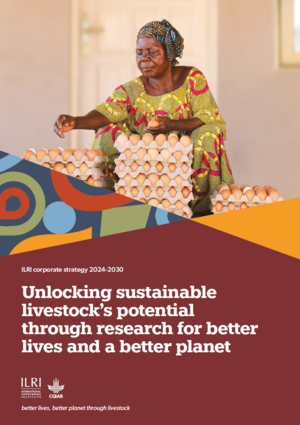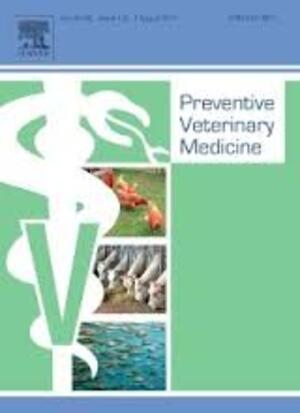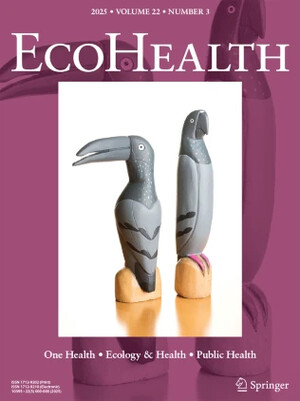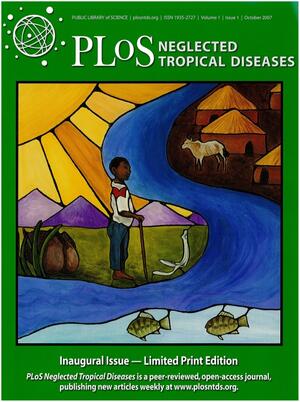
Space–time analysis of peste des petits ruminants in Mali and identification of risk factors
Abstract
Livestock farming is an important part of Mali’s economy and a major source of income for the rural population especially women. One of the major constraints to this activity is high burden of animal disease, in particular peste des petits ruminants (PPR), which hinder the productivity of small ruminants and thus reduces the income of livestock farmers. This disease that has an effective vaccine is subjected to a worldwide eradication program. The aim of this study is therefore to develop risk maps and identify the disease’s risk factors to inform national vaccination strategy in Mali. This tool will help decisions-makers rationalize the limited resources available for disease control. A compilation of retrospective cases of PPR from 2011 to 2023 was used to generate risk maps using multivariable regression models and geographically weighted regression. Results show that the southern regions of Mali are more at risk than the northern. PRR cases occur more during rainy and hot dry seasons. Parameters such as railroads length, rainfall, and watering points were identified as risk factors for the spread of the disease. These results point out high priority areas during a risk-based vaccination campaign against PPR in Mali.
Citation
Zannou, O.M., Sow, A.N., Sissoko, B., Fomba, C.O., Knight-Jones, T.J.D. and Dione, M. 2024. Space–time analysis of peste des petits ruminants in Mali and identification of risk factors. Transboundary and Emerging Diseases 2024(1): 9903861.









